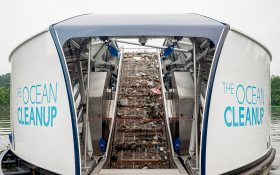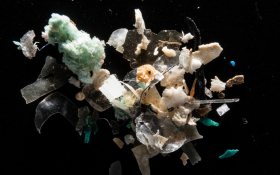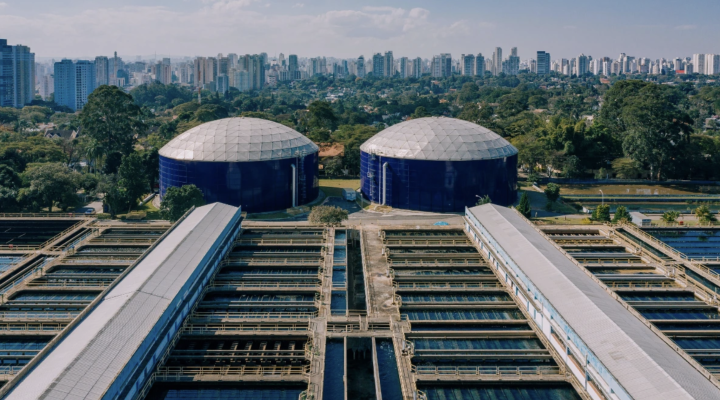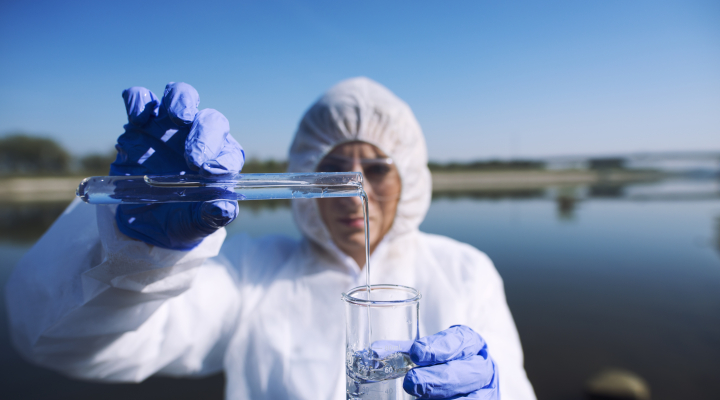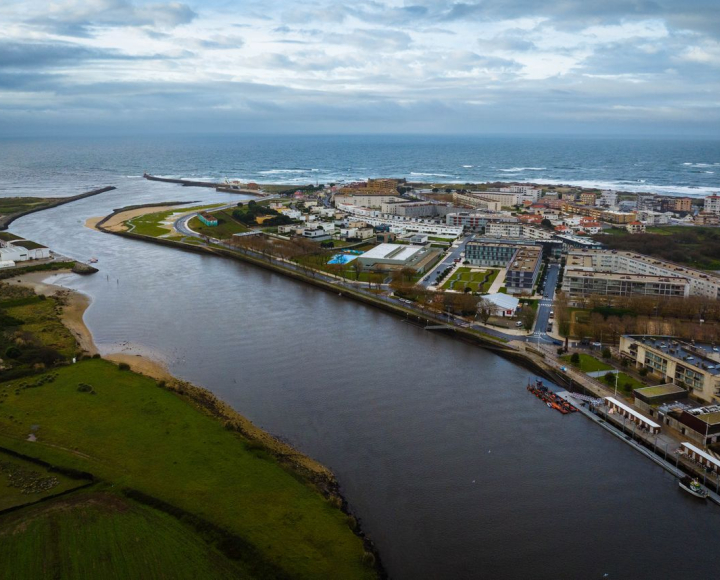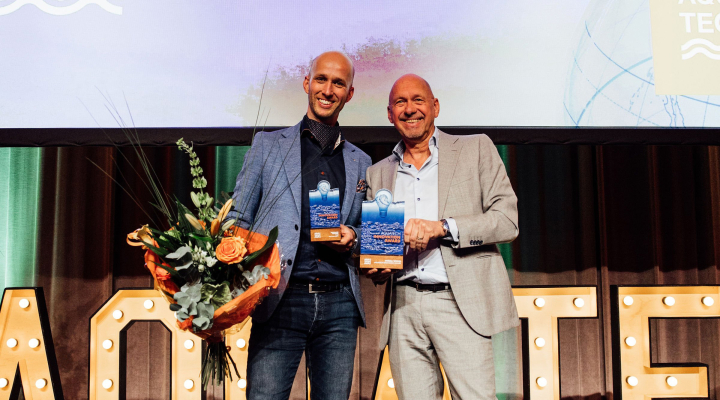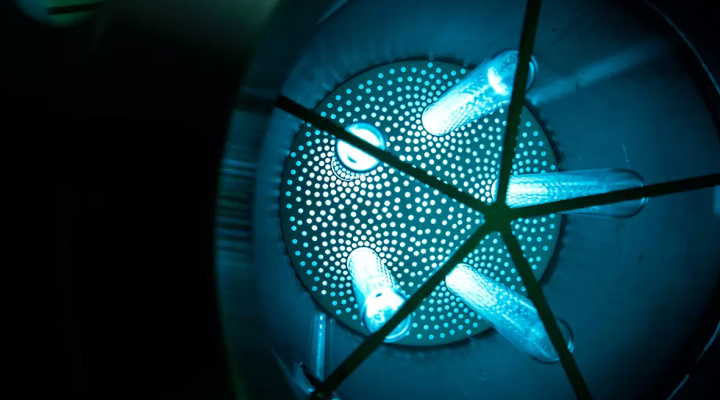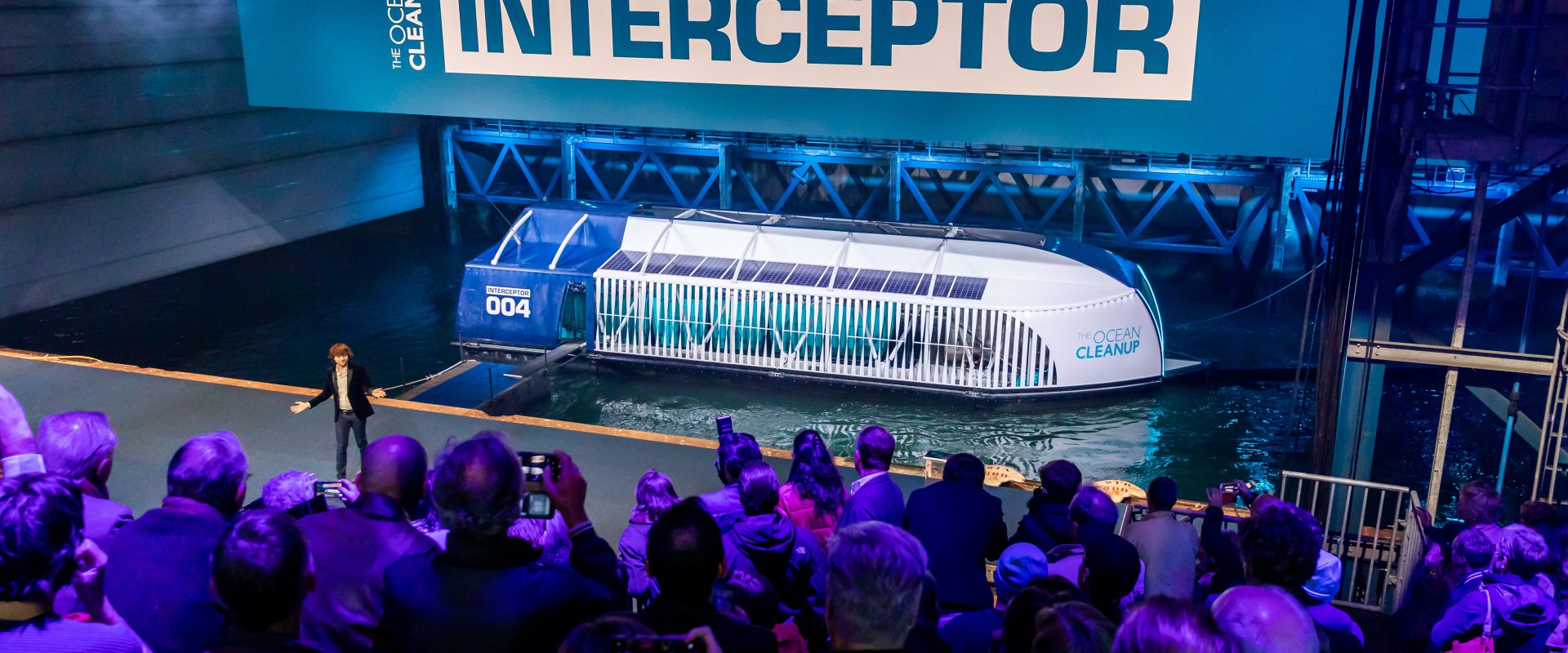
Ocean Cleanup’s ambition: Plastic garbage collection on 1,000 rivers by 2025
The Ocean Cleanup aims to tackle the 1,000 most polluting rivers, responsible for about 80 percent of ocean plastic pollution, before the end of 2025. Two Interceptor floating collectors are already operational in Jakarta (Indonesia) and Klang (Malaysia).
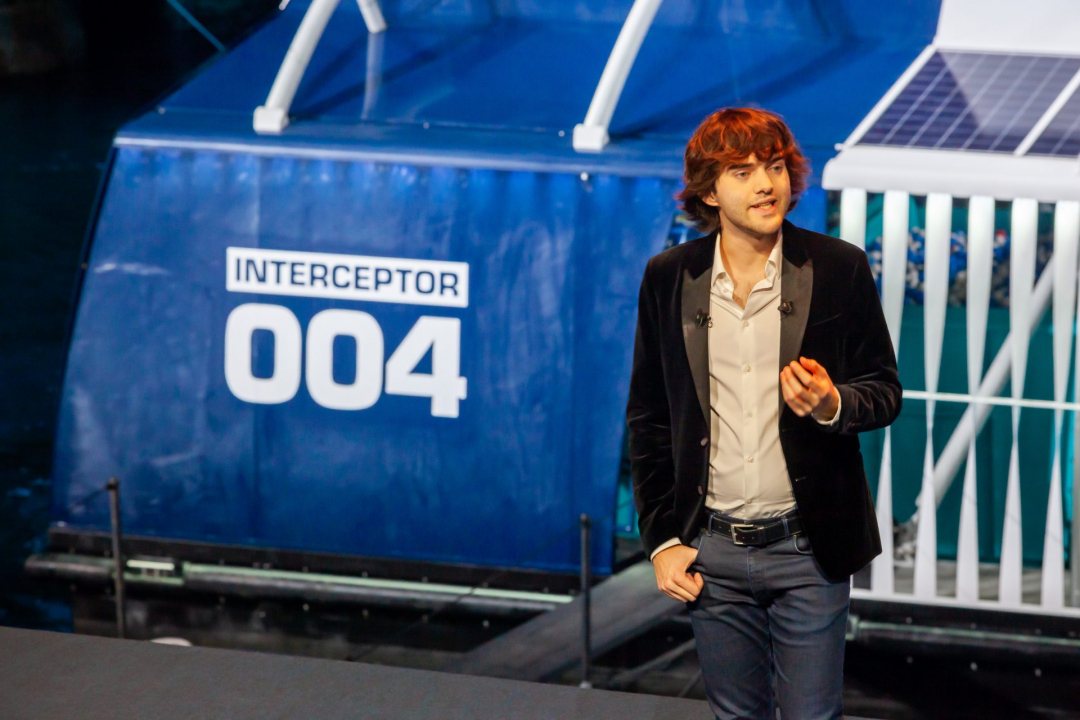

Secret project
CEO and founder of Ocean Cleanup, 25-year-old Boyan Slat, unveiled the new plan in Rotterdam on 26 October. The foundation has been working in secret since 2015 on the development of a special floating garbage collector, named the Interceptor.
During the presentation of the Interceptor, Slat told that the world has 100,000 rivers that contribute to the pollution of the oceans with plastic garbage. Of these rivers, only 1 percent causes 80 percent of all oceanic plastic pollution.
Closing the gap
The Ocean Cleanup foundation is already removing plastic garbage from the Pacific ocean, but according to Slat it is necessary to top the gap and prevent more plastic pollution to enter the oceans.
Current equipment that is available is either too small for the job, or can only be used at one particular location. Therefore the foundation developed the Interceptor as a scalable solution that can be deployed around the world. It is capable of extracting 50,000 kg of trash per day – even reaching 100,000 kg per day under optimized conditions.
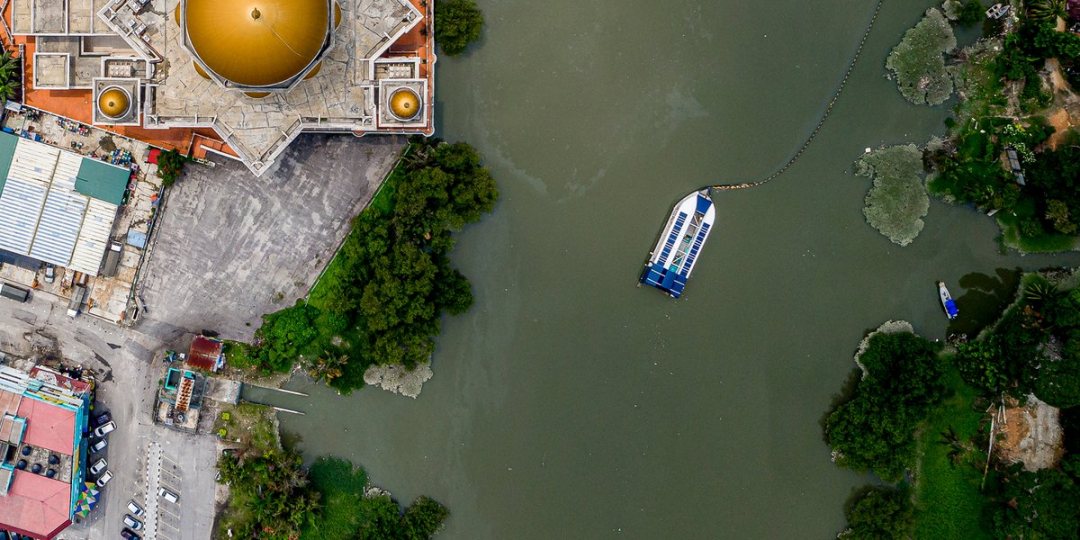

First four Interceptors built
Four Interceptors have been built to-date; two systems are already operational in Jakarta (Indonesia) and Klang (Malaysia).
A third system is in Vietnam to be installed in Can Tho in the Mekong Delta (Vietnam), while the fourth is destined to be deployed in Santo Domingo (Dominican Republic).
In addition to these locations, Thailand has signed up to deploy an Interceptor near Bangkok, and further agreements are nearing completion including one in LA Country (USA), kick-starting the scale-up.
The foundation's ambition is to have 1,000 of these systems operational by 2025.
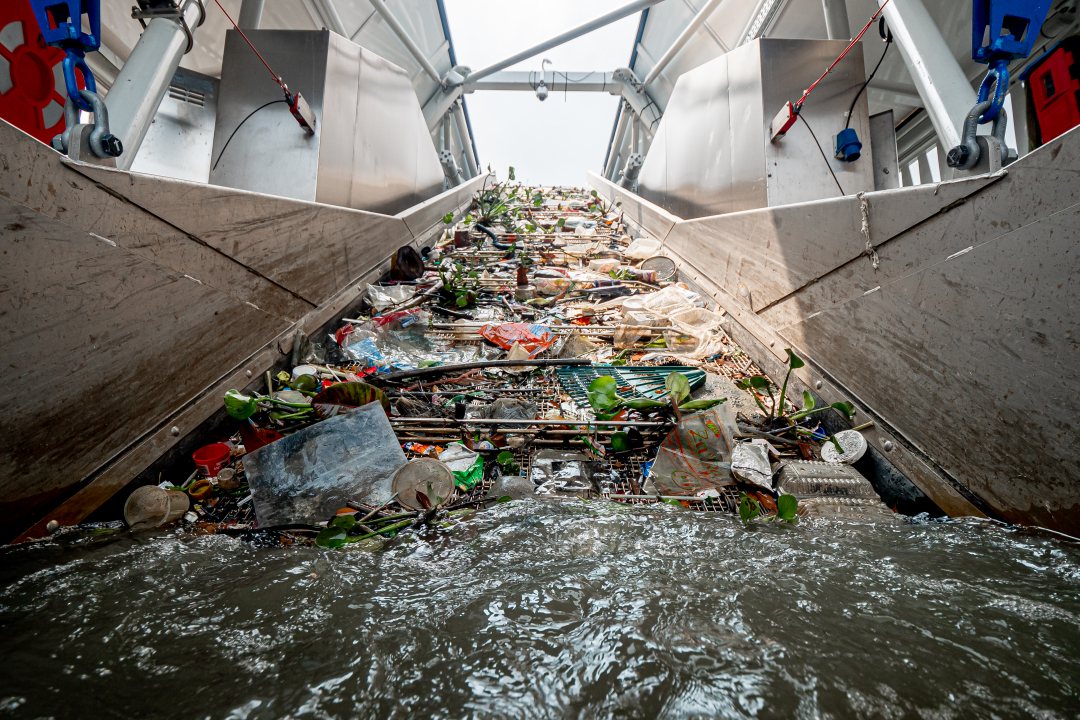

Anchored to riverbed
The system is anchored to the riverbed to utilize the natural flow of the river to catch the plastic and is designed for 24/7 autonomous operation, removing the need for dangerous manual work.
Its floating barrier that is used to direct the garbage into the system only spans part of the river; it will not interfere with other vessels and does not harm the safety, nor impede the movement of wildlife – critical requirements when operating in major rivers.
The Interceptor is fully solar-powered, with onboard lithium-ion batteries that enable it to operate day and night without any noise or exhaust fumes.
An internet-connected onboard computer monitors the system’s performance, energy usage, and component health.




